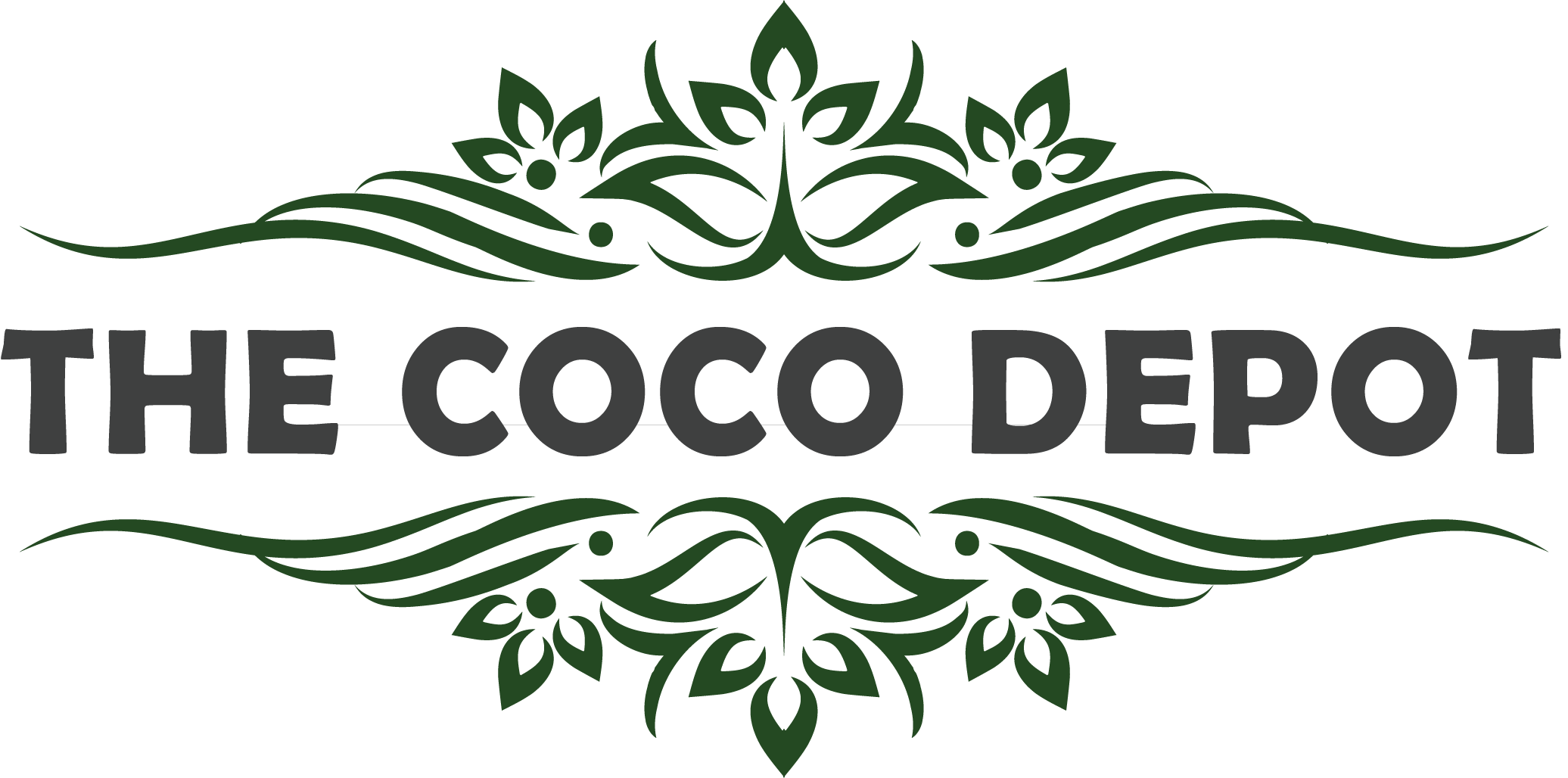Coconut fibre, or coir, and peat moss are two types of less readily available bedding. They retain moisture very well and worms love them. Coir is a friendly substitute for peat moss. If you get peat moss, read the package to make sure it has no chemicals added. If you happen to get your hands on these materials, use small amounts with other bedding, but don’t rely on these alone. Some of our compost bins are shipped with coconut coir, and you can use it according to package directions.
Water Holding Capacity
A compressed coco coir brick, block or bale should be soaked in water for at least 1 hour before using. Coco coir fibre expand 5 to 7 times in volume when soaked in water. Because of its superior water holding capacity, coir has excellent air space and drainage. When used in sandy soils, coconut coir fibres help to keep nutrients and moisture close to plant roots instead of washing away. When used in clay soils, coco coir brick helps to break up hard-packed earth and move nutrients and moisture through the soil.
Coir for worm bedding
Coconut coir is a bedding material used for the worms. This bedding provides a comfortable environment for worm life, creating an ideal burrowing environment that is neither too dry nor too damp. Worms need bedding to thrive and break down the food matter they’re given. Coir works well because it holds moisture without becoming hard and compacted. It’s completely natural, meaning you’re not introducing chemicals that might affect the worms or the castings they produce. Coir is processed and sold in brick form.
To use coir as worm bedding, first need to soak the coir in water and squeeze out the excess, like a damp sponge. Fill the worm composting bin three-fourths full with coir or a combination of coir and shredded paper or corrugated cardboard. A suitable worm composting bin allows air circulation and has small holes on the bottom and sides, as well as a lid to keep the worms inside. Bricks keep the bin off the ground to allow matter to flow out the bottom. Add a handful of soil to the coir. The soil’s gritty texture aids the worms’ digestive process. Place the worms atop the coir and let them burrow and get used to their surroundings for a few days. Set a piece of damp cardboard or paper on top of the bedding after adding worms.
Coco Coir is fibrous and flexible, and when prepared consciously, it will be light and fluffy, creating an ideal home for worms. Coir provides support without too much compression, plus air pockets for air flow. Worms are able to move around freely.
Fantastic for absorbing moisture
Gives a second life to a product that may otherwise be thrown away
Coconut coir is a renewable soil that expands when you add water. It’s great for the bin’s air space and drainage.
Coconut fibre is dehydrated and conveniently packed for easy storage
Coco coir and horse manure was hands down the best combination I've used for bedding. The worms were very active, and any food scraps barely made it past two days.

